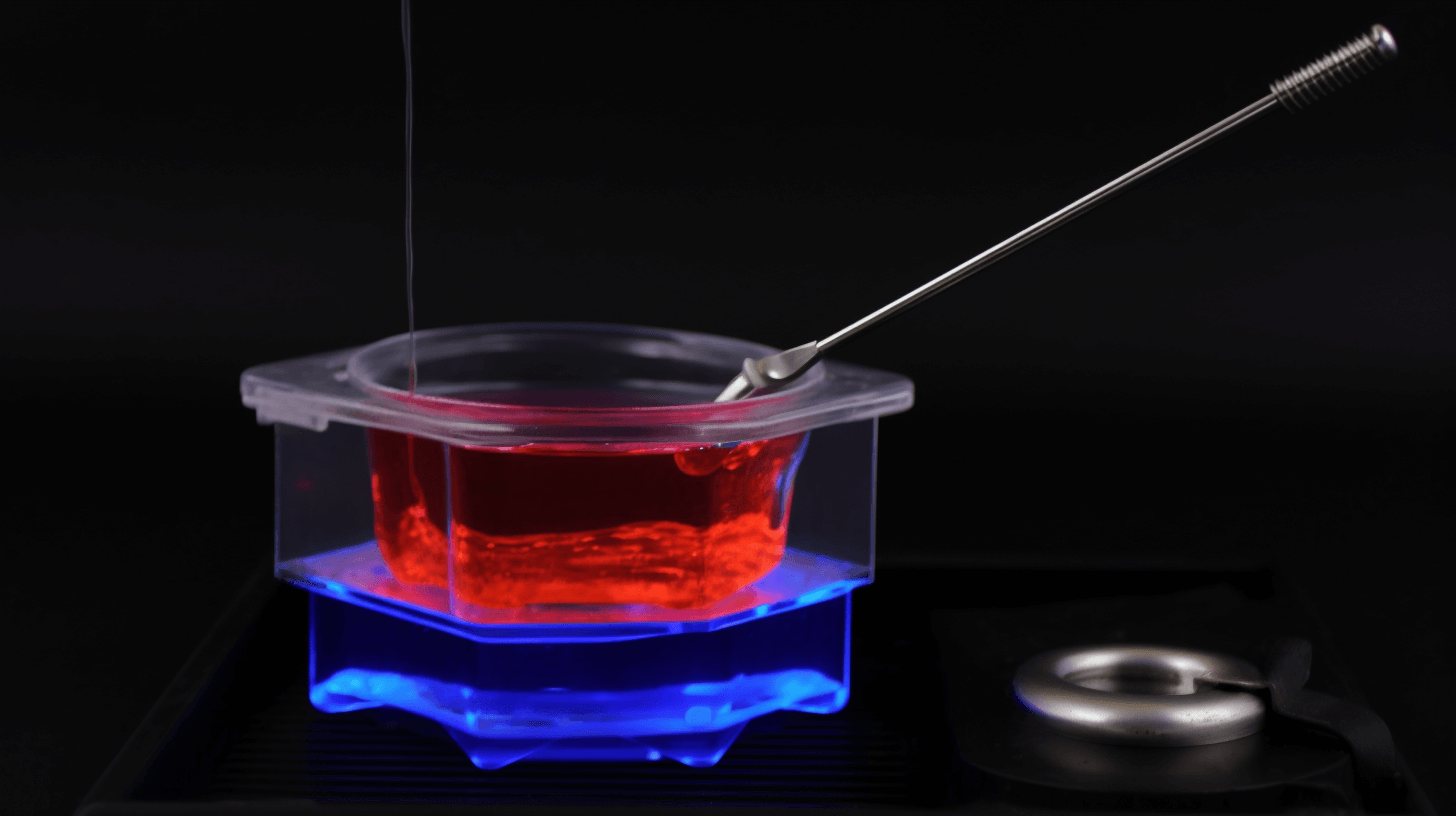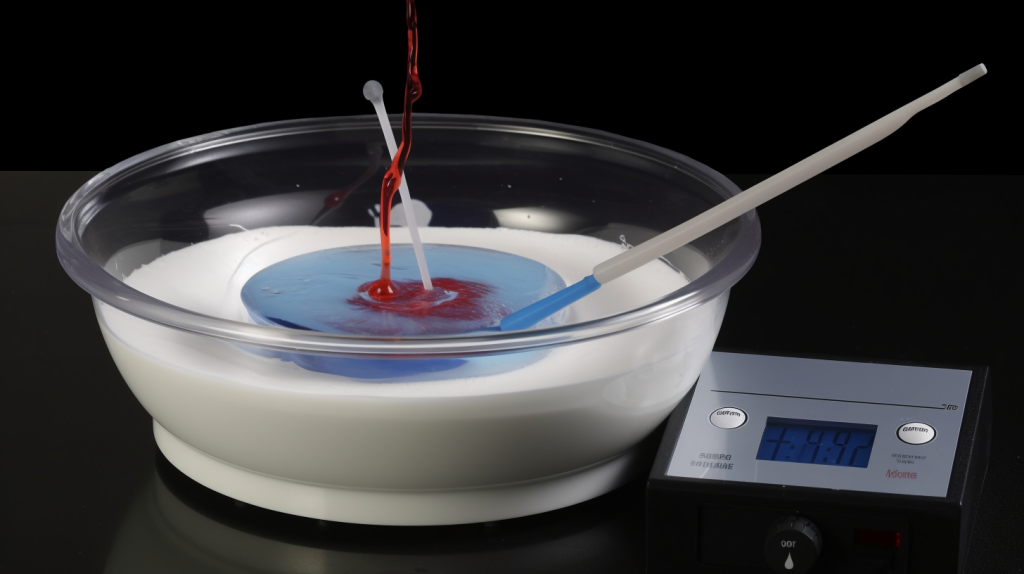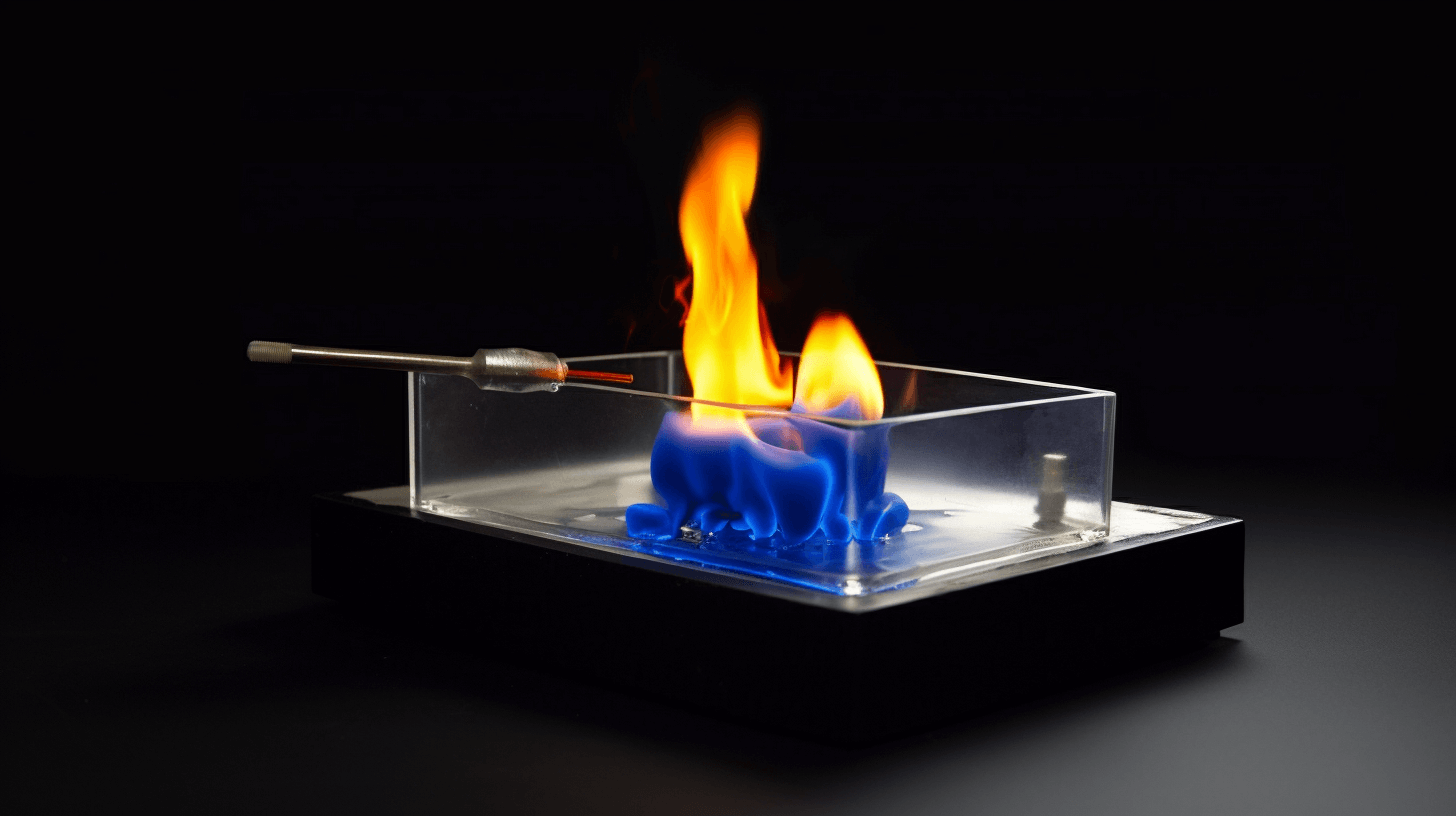Acrylic Melting Point
The melting point of Acrylic is typically 160 °C. (320 °f)
Known by various names such as PMMA (Polymethyl methacrylate), Plexiglass, and Plexiglas, acrylic plastic is a transparent thermoplastic with impressive strength, rigidity, and optical clarity. This material, often referred to by its chemical moniker ‘plexiglass,’ shares several properties with Polycarbonate, including a high degree of impact resistance. As such, it’s frequently employed as a sturdy, durable alternative to glass.
This article aims to deliver an in-depth exploration of the melting point of acrylic plastic, focusing on its influence on the material’s general properties and other crucial aspects.
However, before we dive into the subject matter, it’s imperative to clarify the concept of “melting point” to ensure a proper understanding.
Definition of Melting Point and How It is Measured?
The melting point of plastic refers to the specific temperature at which the plastic transitions from a solid to a liquid state. This parameter is paramount as it dictates the temperature range for processing a plastic material, including techniques like injection molding, extrusion, and various other thermal processing methodologies
Differential scanning calorimetry (DSC) is the most prevalent technique for ascertaining any plastic substance’s melting point. This method involves gauging the heat flow associated with a polymer as it undergoes heating or cooling at a regulated pace.
The melting point gets pinpointed by examining the endothermic peak on the heat flow chart, corresponding to the energy necessary for the polymer’s melting process. Hot-stage microscopy is an alternative procedure for identifying the melting point, which provides an immediate, visual account of the polymer’s melting progression.
Factors Affecting Melting Point of Acrylic

Several elements come into play in influencing the melting temperature of acrylic. Herein, I’ll highlight the key attributes significantly impacting acrylic’s melt temperature.
Chemical Composition
The chemistry of acrylic plastic is the cornerstone of its melting point. As a polymer, PMMA consists of repeating units of the monomer methyl methacrylate. These units link together, forming resilient chains contribute to the material’s overall durability and impact resistance.
The nature of these chemical bonds inherently dictates the amount of thermal energy required to break them down, thereby setting the melting point. The stronger the bonds within the polymer chains, the higher the melting point.
Polymer Chain Length
Delving deeper into the molecular structure, the length of the polymer chains in acrylic plastic also plays a pivotal role in determining the melting point.
Longer polymer chains are synonymous with increased intermolecular forces, which, in turn, require more heat to overcome. Thus, acrylic plastic with longer polymer chains will have a higher melting point.
Manufacturers can manipulate the chain length and melting point by tweaking the polymerization conditions and tailoring the acrylic plastic to fit specific applications.
Additives
Additives present another level of complexity in the melting point dynamics of acrylic plastic. These substances are incorporated into the plastic during production to modify specific properties. Some additives enhance flexibility, others increase UV resistance, and some are designed to alter the material’s thermal behavior.
Depending on their nature, additives can elevate or lower acrylic plastic’s melting point.
For example, plasticizers, additives that increase flexibility, can decrease the melting point by reducing intermolecular forces within the polymer chains. On the other hand, cross-linking agents increase the melting point by creating additional bonds between the chains, making it harder for the material to melt.
What is the Correlation of Acrylic Melting Point and Its Density?

Acrylic density and melting point, though rooted in the material’s molecular structure, don’t exhibit a direct, linear relationship. Density is determined by the spatial arrangement of polymer chains.
These chains are typically amorphously arranged in acrylic, resulting in lower density. The melting point, however, is dictated by intermolecular forces, which depend on factors like chain length and cross-linkages. Longer or more cross-linked chains have a higher melting point.
Hence, even if acrylic’s density were to change – for instance, due to adding fillers – it wouldn’t necessarily alter the melting point, mainly governed by different molecular aspects. Thus, while both properties are essential for manufacturers, their correlation isn’t straightforward or reciprocal.
How Does The Melting Point of Acrylic Impact Its Other Properties?

The melting temperature of acrylic plays an instrumental role in shaping its mechanical, thermal, and processing attributes. Let’s embark on a deeper exploration of how acrylic’s melting point orchestrates its multifaceted properties.
Mechanical Properties
The melting point of acrylic plastic directly influences its mechanical properties, such as tensile strength, flexural strength, and impact resistance. The plastic maintains its rigid, durable structure at temperatures below the melting point, withstanding forces and stresses imposed upon it. However, as the temperature nears or exceeds the melting point, the plastic softens and loses some strength. This dynamic is critical when molding or shaping plastic for various applications.
Physical Properties
Physical properties like transparency and glossiness are also linked to the melting point. Acrylic plastic is cherished for its outstanding optical clarity, comparable to glass. This clarity is preserved if the plastic remains below its melting point. However, when exposed to temperatures above this point, the plastic may undergo changes that affect its transparency.
Thermal Properties
The thermal properties of acrylic plastic, such as its thermal expansion and heat resistance, are also directly connected to its melting point. As temperatures approach the melting point, the material’s thermal expansion rate may increase, leading to potential deformations. Also, the heat resistance of the plastic decreases as it nears the melting point, necessitating careful temperature management in various applications.
Chemical Properties
Finally, the melting point also impacts the chemical properties of acrylic plastic. Heat can significantly trigger chemical reactions or changes in plastic when the temperature exceeds the melting point. This can affect the plastic’s resistance to various chemicals and stability. It is, therefore, crucial to understand the melting point to prevent potential chemical degradation of the material.
Summary
In conclusion, the melting point of acrylic plastic is not merely a static value but a critical characteristic that significantly influences the material’s mechanical, physical, thermal, and chemical properties. A nuanced understanding of this parameter paves the way for optimizing the versatility of acrylic plastic across various applications, thereby fortifying its position as a material of choice in today’s advanced technological landscape.
Thanks for reading this piece. Have a good one.
Quick Navigation

